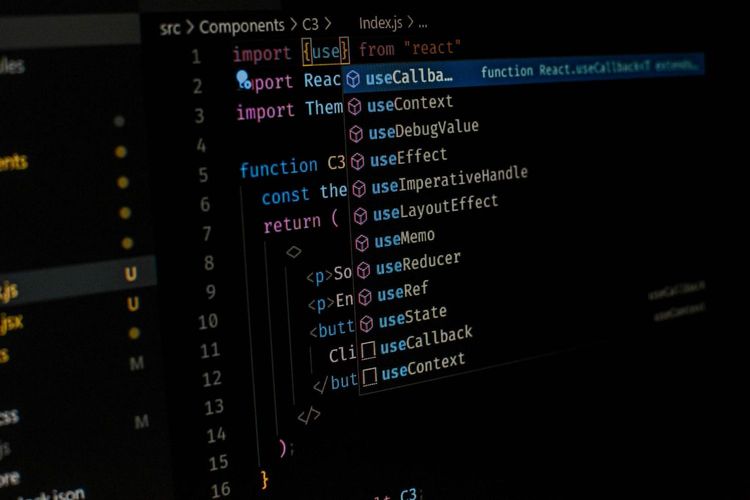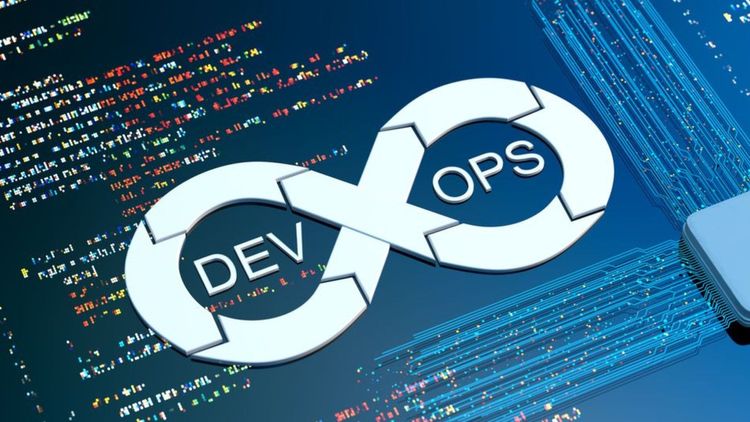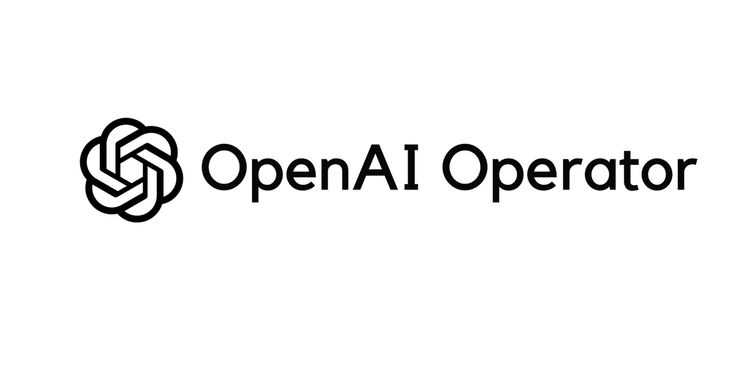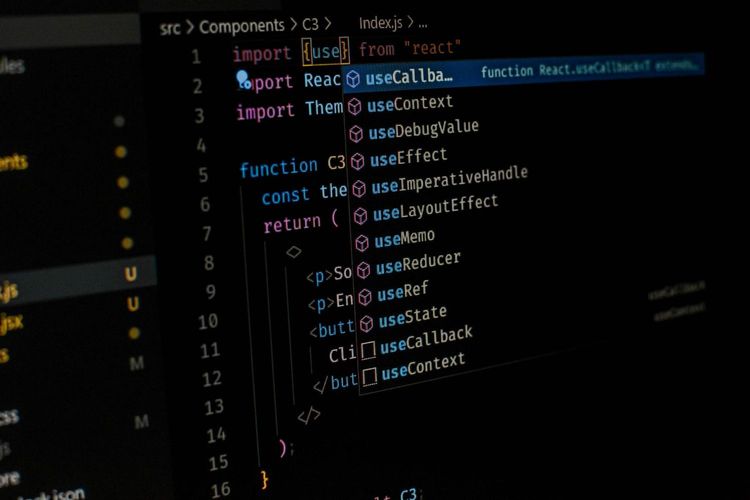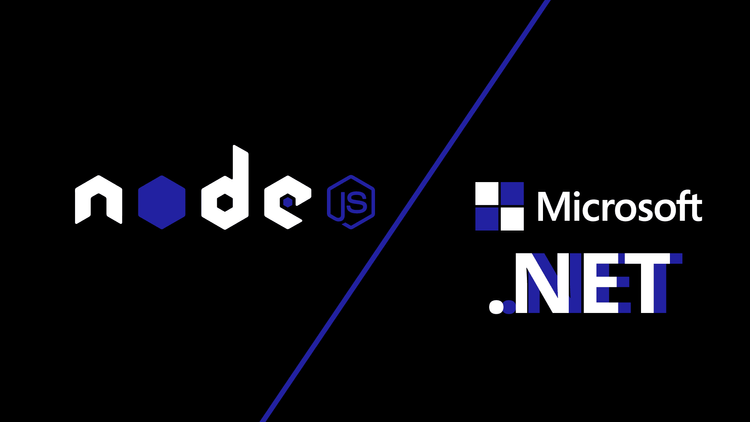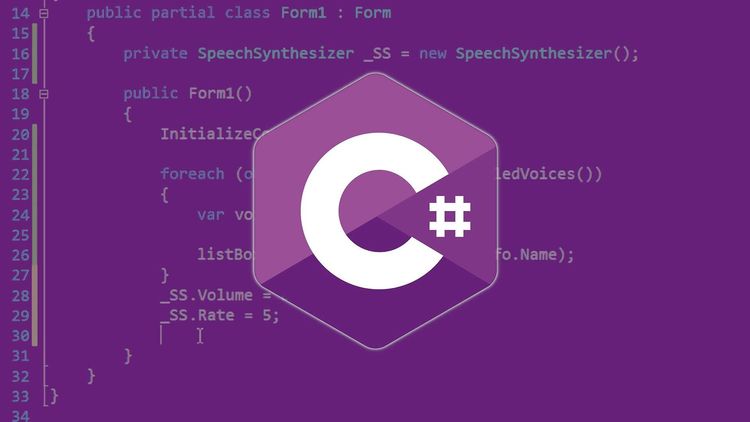For decades, software vulnerabilities have plagued the digital world. In a landscape where applications are becoming increasingly complex and cyber threats are evolving at a rapid pace, it is imperative to take proactive measures to safeguard systems against potential vulnerabilities. In this sense, one of the most effective and fundamental strategies is the use of programming languages designed to ensure memory security.
The importance of securing computer system memory lies in its ability to prevent a wide range of cyber attacks, from buffer overflow vulnerabilities to code injection attacks. These attacks can compromise the integrity, confidentiality, and availability of data, as well as jeopardize the stability and proper functioning of applications. Next, we will explore the importance of using secure programming languages for memory and the development of software security standards in today's technological environment.

Secure Memory: A Critical Approach for Preventing Cyber Attacks
Today's focus on secure memory is presented as a fundamental pillar for effective prevention of cyber attacks. The implementation of programming languages that prioritize memory security, such as Python, Java, and C#, has become a critical point for reducing exposure to vulnerabilities exploited by cybercriminals.
-Adoption of Secure Programming Languages for Memory: The selection of programming languages that offer memory management security guarantees is essential for mitigating the risk of attacks. Python, Java, and C# are prominent examples of languages that incorporate features designed to prevent common vulnerabilities, such as buffer overflows.
-Development of Metrics to Evaluate Hardware Security: In addition to focusing on software security, experts recognize the need to establish effective metrics for evaluating underlying hardware security. These metrics allow for a more holistic assessment of a system's security posture, facilitating the proactive identification and mitigation of potential vulnerabilities.

Secure Programming Languages for Memory
The choice of the right programming language plays a crucial role in software security. While languages like C and C++ are widely used in critical systems, their lack of memory security makes them vulnerable to a variety of attacks. In contrast, languages like Rust offer built-in memory security features, making them an attractive option for applications that require a high level of security.
According to an NSA report from April 2023, some of the secure programming languages for memory include:
-Python: Widely known for its ease of use and readability, Python also offers security features that make it an attractive choice for developing secure applications. Its automatic memory management and focus on simplicity help prevent common memory management errors, such as buffer overflows.
-Java: Java is one of the most widely used programming languages for enterprise software and mission-critical applications. While not inherently secure for memory, Java offers a robust and secure runtime environment thanks to its garbage collection-based memory management model. Additionally, the Java platform includes numerous security libraries and tools that help protect applications against common attacks.
-C#: Developed by Microsoft, C# is widely used in the development of desktop, web, and mobile applications. It offers advanced security features, such as safe types and early error detection during compilation, which help prevent memory management vulnerabilities.

-Swift: Swift is a modern programming language developed by Apple, designed to create secure and efficient applications for its platforms. It incorporates memory security features, such as using Optionals to safely handle null values and automatic memory management using ARC (Automatic Reference Counting). These features help reduce the risk of memory access errors and memory leaks in iOS and macOS applications.
-Rust: Rust is a modern programming language that stands out for its focus on security and performance. Using an innovative and strict type system, Rust ensures memory security by avoiding common errors such as null dereferences and buffer overflows. Its secure concurrency model and garbage collection-free memory management make it an attractive option for critical security applications.
Development of Metrics for Measuring Software Security
To overcome these challenges, it is crucial to adopt a dynamic approach to measuring software security. Metrics must be flexible and adaptable, allowing for continuous evaluation of software security in a constantly changing environment:
-Discovered and Patched Vulnerabilities: This metric measures the number of vulnerabilities discovered in the software and the speed at which they are patched. A high number of discovered vulnerabilities may indicate deficiencies in the development process, while a prolonged time to patch them can increase the risk of exploitation by cybercriminals.
-Average Time to Detect and Respond to Security Incidents: This metric evaluates the effectiveness of detecting and responding to security incidents in the software. A prolonged time to detect and respond to incidents may indicate weaknesses in security controls and the responsiveness of the security team.
-Code Complexity: Code complexity is a metric that evaluates the simplicity and readability of source code. Highly complex code can increase the likelihood of programming errors and security vulnerabilities. Therefore, measuring and controlling code complexity can significantly contribute to improving software security.
-Security Testing Coverage: This metric evaluates the extent to which security testing covers different aspects of the software, including known vulnerabilities and potentially malicious use cases. Insufficient testing coverage can leave critical areas of the software untested, thus increasing the risk of exploitation by attackers.
-Number of Critical Security Errors per Line of Code: This metric quantifies the density of critical security errors per line of code in the software. A high number of critical errors per line of code may indicate a lack of secure development practices and the need for code review and improvement.

It is essential to note that the path towards a future of secure and measurable software will undoubtedly be long and will require continuous and collaborative efforts from all stakeholders. This includes not only developers and technology companies but also regulators, academics, security researchers, and ultimately, end-users.
To make significant strides in this area, a comprehensive approach is necessary, addressing not only the underlying technology but also processes, policies, and organizational culture that influence software security. **This may involve implementing best practices for secure development, adopting globally recognized security standards and frameworks, conducting regular risk assessments, and investing in training and awareness for all involved in the software lifecycle. **











